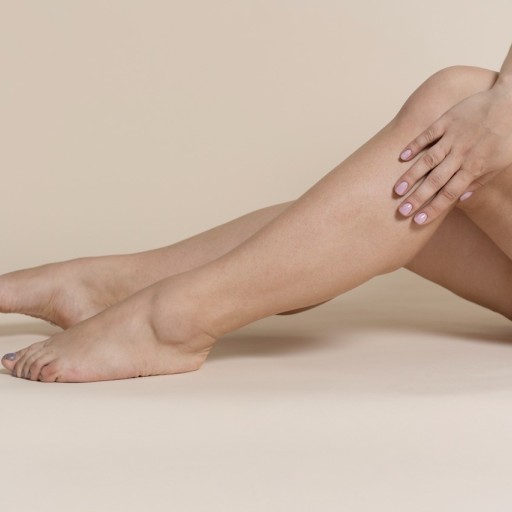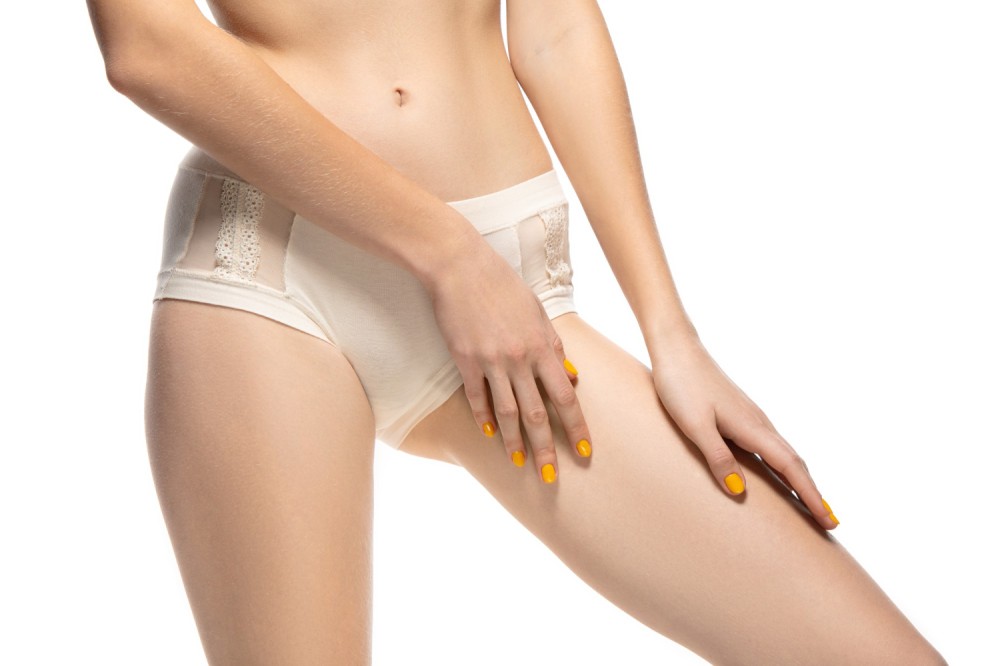Thighs Liposuction
5 results foundThighs Liposuction: A Comprehensive Guide to Thigh Contouring and Body Sculpting
Liposuction is a cosmetic surgical method applied to contour the body by removing excess fat from the body, where diet and exercise have proven difficult. One of the areas where many people seek liposuction is the thighs, especially for those who have stubborn deposits of fat in the inner or outer thighs. Thigh liposuction can make the skin of the thigh more toned and contoured, hence increasing one's self-confidence and overall body proportion. This article describes the benefits, procedure, and recovery process of thigh liposuction.
What is Thigh Liposuction?
Thigh liposuction is a surgical procedure designed to remove localized fat deposits from the thighs, thus giving a more toned and sculpted appearance. It is most commonly performed on individuals who have excess fat in the inner, outer, or upper thigh areas, where fat tends to accumulate more stubbornly. Liposuction of the thighs is usually done through small incisions into which a thin tube, called a cannula, is inserted to aspirate fat cells. The procedure is not a weight-loss solution but rather a body contouring treatment to target specific fat pockets.
Why Choose Thigh Liposuction?
Many people suffer from extra fat in their thighs, which they cannot reduce even with a proper diet and regular exercise. Genetics, hormonal imbalance, and aging are considered the causes of fat accumulation on the thighs. Thigh liposuction can help those who need to rid themselves of these stubborn fat deposits. The end result could be more defined, smoother, and proportional thighs, resulting in a better overall appearance. It can also enhance comfort for people who experience friction or irritation in the thigh area due to excess fat.
Types of Thigh Liposuction
There are several techniques for performing thigh liposuction, and the choice of method depends on the patient's individual goals and the surgeon's recommendation. The most common types of liposuction for the thighs include:
Tumescent Liposuction: This is the most frequently employed technique, whereby a saltwater solution is introduced into the fat to anesthetize the area and reduce blood vessels to decrease bleeding. The fat is then sucked out by means of a cannula.
Laser-Assisted Liposuction: In this technique, the laser energy is used to emulsify the fat before being aspirated. This method can be easier on the skin and sometimes stimulates skin contraction.
Ultrasound-Assisted Liposuction: This technique employs sound waves to break up the fat, making it easy to be sucked out. It's often used for fibrous areas, including the outer thighs.
Your surgeon will assess your particular needs and recommend the best method for optimum results.
Who is a Good Candidate for Thigh Liposuction?
Thigh liposuction is ideal for people at or near their target weight but unhappy with stubborn fat deposits in the thigh area. Good candidates for the procedure are those who are generally in good health, non-smokers, and those who have realistic expectations from the outcome. The best candidates have firm, elastic skin since liposuction cannot address issues related to skin laxity. If there is considerable skin sagging or cellulite, it might be advisable to consider extra procedures, such as a thigh lift, in addition to the liposuction.
The Thigh Liposuction Procedure
In general, the thigh liposuction procedure begins with a consultation whereby your surgeon will discuss your desires and examine your thighs to establish the best course of action. In general, the procedure is treated with local anesthesia or general anesthesia depending on the extensiveness of the surgery. Small incisions are made in inconspicuous areas of the thighs, and then the cannula is inserted to remove the fat cells. The duration may be variable; however, on average, the whole process requires about an hour or two hours, depending on the degree of liposuction needed.
Recovery and Aftercare
After the surgery, compression garments will normally be required to reduce swelling and contract the skin. The first few days following surgery may include some swelling, bruising, and discomfort. Pain medications may be prescribed to manage any discomfort. Follow your surgeon's aftercare instructions to ensure proper healing, including avoiding strenuous activities for several weeks. Most patients can return to work within a few days, but it may take several weeks to fully recover and see the final results.
Expected Results and Benefits Thigh liposuction can provide quite dramatic results, with an improved contour and appearance of the thighs. The fat removed during liposuction is permanent; the body does not grow new fat cells in the treated area. Nevertheless, a healthy lifestyle, including regular exercise and proper nutrition, is necessary to avoid new deposits of fat. Many patients feel that they can be more confident in their appearance with clothes fitting better and an overall more proportional silhouette. Thigh liposuction can also lead to increased mobility and reduced chafing for some individuals.
Possible Risks and Complications
Similar to other types of surgery, thigh liposuction does have some associated risks. Common ones include infection, scarring, asymmetry, and irregular contours. Less common complications include a blood clot, blood embolism (when fat enters the bloodstream), or damage to surrounding tissues. It is important to make this treatment with a skilled and experienced surgeon to minimize possible complications and reap optimal benefits. Thorough consultation will help you understand all potential risks and complications associated with the procedure.
Conclusion
Thigh liposuction can be a real solution for those who wish to improve the contour and appearance of their thighs. This surgical procedure targets resistant fat deposits, making the silhouette much smoother and more defined, which helps in boosting self-esteem and confidence in one's body. It is essential to consult a qualified plastic surgeon who is a specialist in body contouring to confirm if thigh liposuction is right for you. Most patients can look forward to long-lasting results with appropriate aftercare, further beautifying their figure.





